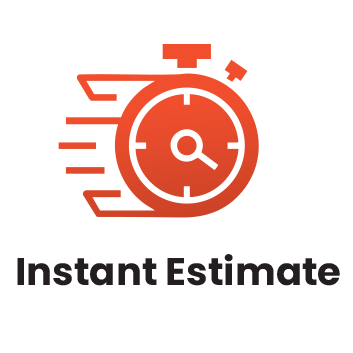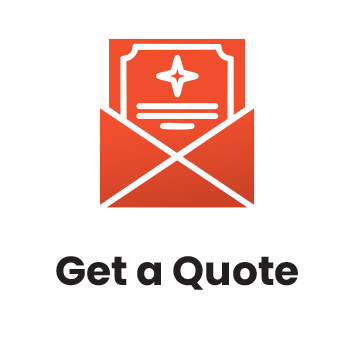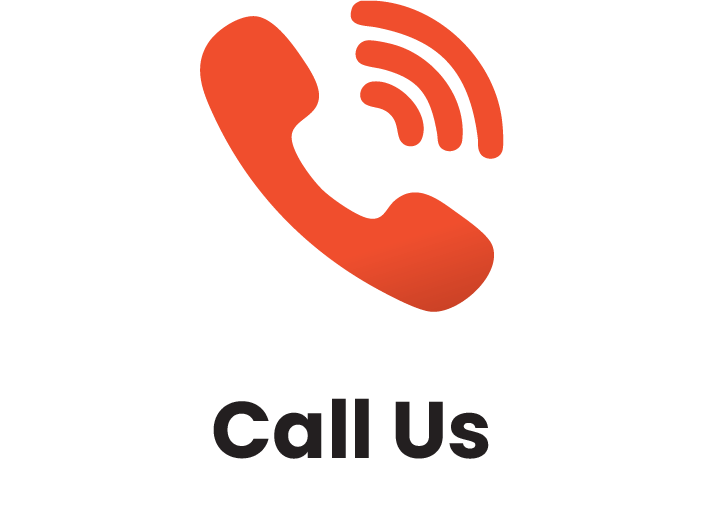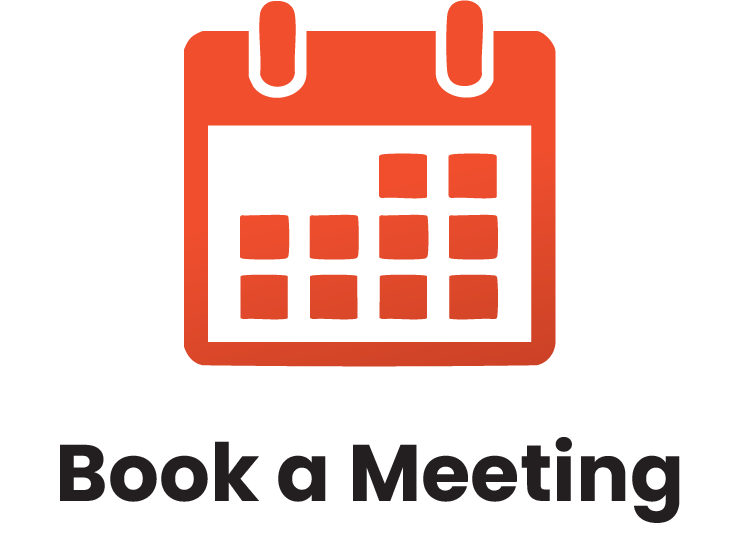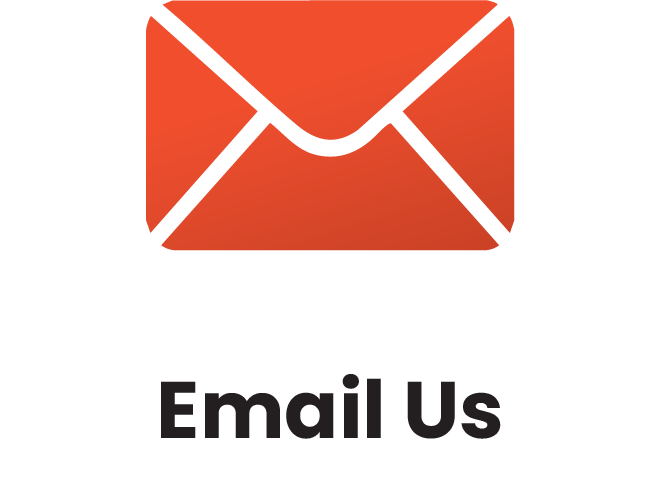Interactive training sessions led by experienced facilitators.
What is In-Person, Instructor-Led Training?
Our in-person training is delivered by a live facilitator who works directly with your team at your location. It’s our most popular format because it allows for real-time interaction, hands-on learning, and direct support.
Every session is tailored to your team’s specific goals, industry, and challenges—no generic, one-size-fits-all programs. Whether it’s a single session or a full training series, we design the experience to be relevant, practical, and fully aligned with your needs.
What is Live Webinar Training?
Live webinars are facilitator-led training sessions delivered online in real time. They’re ideal for teams working in different locations or with busy schedules.
This format offers shorter, more frequent sessions that are easy to coordinate—making it a convenient option for organizations with remote or distributed teams.
What is Virtual Classroom Training?
Virtual Classroom training is live, instructor-led training delivered online. It offers the same interactive experience as in-person sessions, with real-time discussions, group activities, and instructor feedback.
It’s a flexible option for organizations that want to reduce travel, save costs, or better fit training into busy schedules.
What is a Lunch & Learn Session?
Lunch & Learn sessions are short, facilitator-led training sessions delivered in person or online—typically during the lunch hour. They focus on specific topics or skills and offer a quick, engaging way to learn without a full-day commitment.
These sessions can be offered as one-time events or as part of a series, making them a great option for ongoing, bite-sized learning.
Online Learning
Enjoy our self-paced option and learn from anywhere!
$279.00 USD
Communications for Small Business Owners
Communication between individuals is a two-way street, but communication between business and its customers is a multi-lane highway. Navigate this highway successfully and you increase customer numbers and profits. Set out on this highway unaware, ill-prepared, or unconvinced of its importance, and you will lose ground to your competitors.
This course will introduce and reinforce the essential components of written communication that will connect you with existing and potential customers. If you are new to the communications highway, this course will provide the foundation for future development. If your company has some communications expertise, this course will help you strengthen and polish your essential components.
LEARNING OBJECTIVES
Learning Objectives
This two-day workshop will teach participants how to:
- Define the essential pieces of communication
- Customize these essential pieces
- Identify the processes and plans needed for clear communications
- Develop, maintain, and evolve effective content for their communications


COURSE OUTLINE
You will spend the first part of the day getting to know participants and discussing what will take place during the workshop. Students will also have an opportunity to identify their personal learning objectives.
Key Communication Components
To start the course, participants will learn what business communication is all about. They will also review their pre-assignment.
The Building Blocks
Your communications plan should be linked with your organization’s other key plans (such as marketing, expansion, and succession). In turn, these plans should be based on your company’s mission, vision, and values. This session will explore all of these elements as they relate to the communication plan. Elevator pitches and executive summaries will also be covered.
Your Communications Plan
In this session, participants will learn about the three steps for building a communications plan: selecting the destination, choosing a route, and establishing a vehicle. Setting up an approval process and inbound vs. outbound marketing will also be covered.
The Five C’s of a Successful Message
Next, participants will learn about the five C’s of a successful message: clear, concise, complete, correct, and compelling.
Communication Strategies
To wrap up the first day, participants will learn two strategies that can help them increase their communications success: goal setting and core messages.
Sharing Information Through Media Releases
This session will teach participants how to create a good media release.
Communicating Online
Next, participants will learn how to use blogs and social media to communicate their message.
Using Stories to Communicate
In this session, participants will learn about the power of storytelling in communication.
Polishers and Time Savers
This session will show participants how to use communication fact sheets and the three R’s to make their communications process more efficient and accurate.
Enhancing Your Results
Next, participants will learn how to boost their results with techniques such as search engine optimization, analytics, and SWOT analysis.
Maintaining Your Message in Crisis
To wrap things up, participants will take a brief look at communicating during crisis situations.
Workshop Wrap-Up
At the end of the course, students will have an opportunity to ask questions and fill out an action plan.






